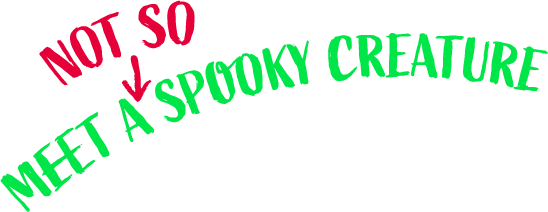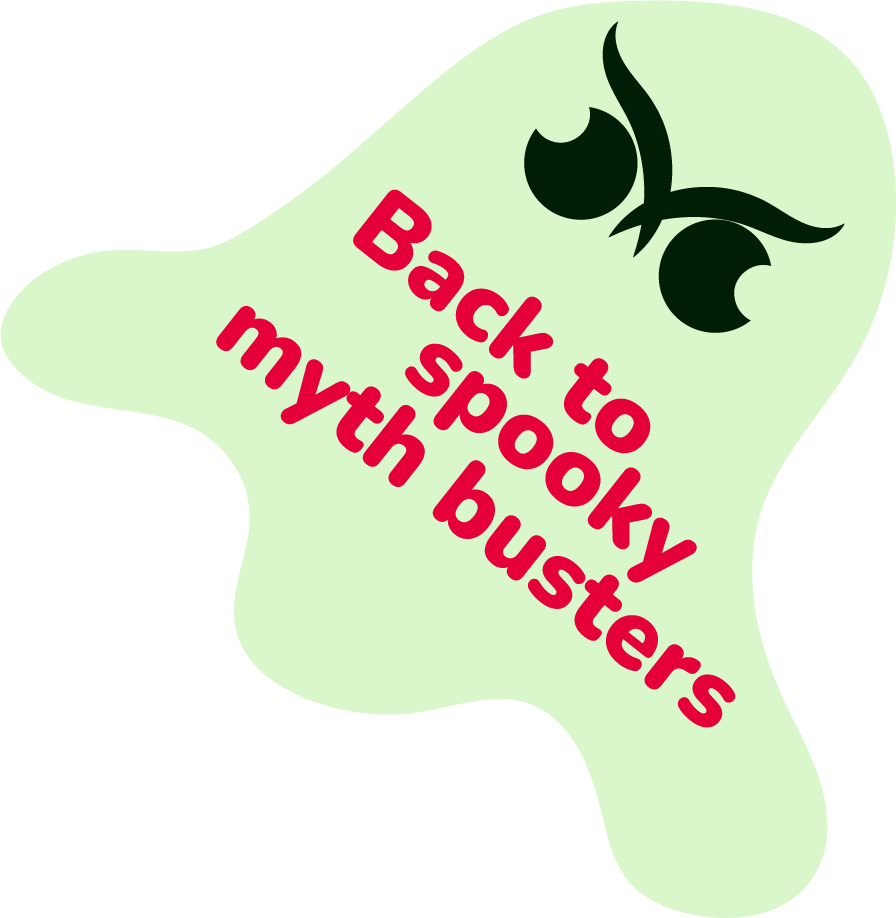From the warts myth to witches’ companions, these amphibians have been misunderstood for centuries. Let’s separate fact from fiction and discover what toads are really like—you might be surprised by what you discover.
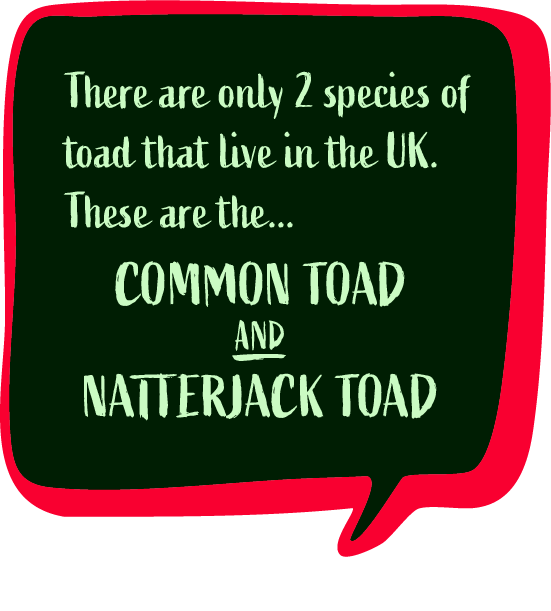

What does a common toad sound like?
I’ve found a really clear audio clip via xeno canto of a common toad.
A guide to common toads
I discovered this nature film maker who has done an amazing complete guide to the common toad.
Toads on the road
Learn more about the amazing work of UK charity Froglife and how they are helping toads cross roads safely.


Click to reveal the truth
NO! They do not.
This was a story made up a long time ago to stop children from going out into the dark.
Click to reveal the truth
No way. It's an old story.
Over 800 years ago*, people believed that a magic stone grew in the heads of toads – called toadstones.
Toadstones were believed to protect the wearer from harm. A bit like a mood ring, the stone was meant to change colour or heat up if poison was nearby.
It was also placed on bites by poisonous animals to help heal the person and used to treat epilepsy.
People kept believing in the toadstones magic until the 18th century!
*It was actually first mentioned as early as 2,000 years ago!

Click to reveal the truth
Not in the UK
Toads are brilliant for nature. They’re like natural pest controllers – they absolutely love munching on slugs, snails and bugs that would otherwise eat farmers’ crops. Plus they help keep our ponds, streams and rivers healthy too.

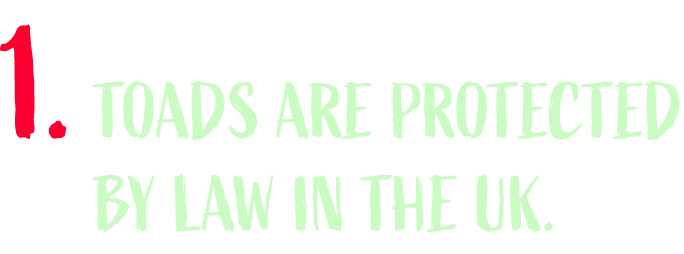
The protection doesn’t go far enough. They are only protected against being kept for trade and sales.

Have you noticed frogs tend to do big jumps covering ground quickly.
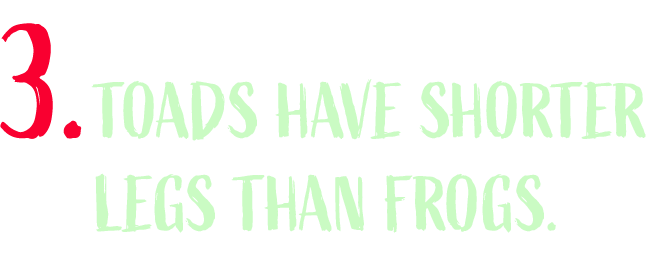
Toads also have wider noses than frogs.

It also usually looks dry, whereas frog skin is usually moist and smooth.
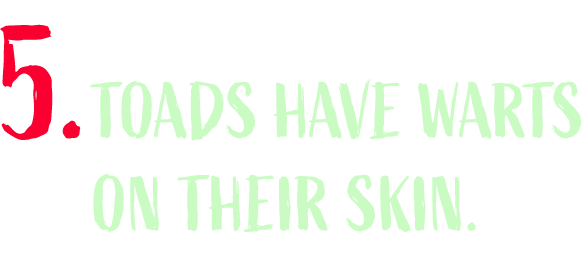
Warts help to protect the toad – it’s a natural defence against predators.
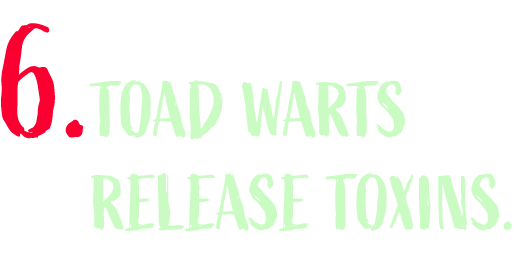
These toxins taste disgusting to predators of toads. They can also cause discomfort.

There is nothing like seeing the mass migration of toads to their breeding grounds.
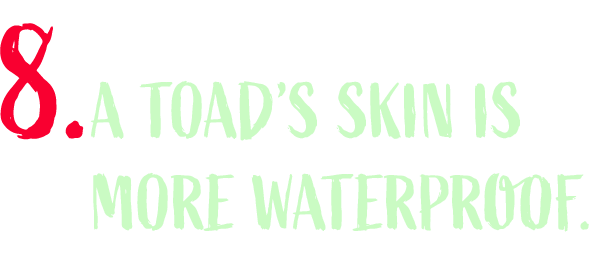
Toads can handle dry places better than frogs.

Ireland has only one type of toad called a natterjack, but they’re very hard to find!

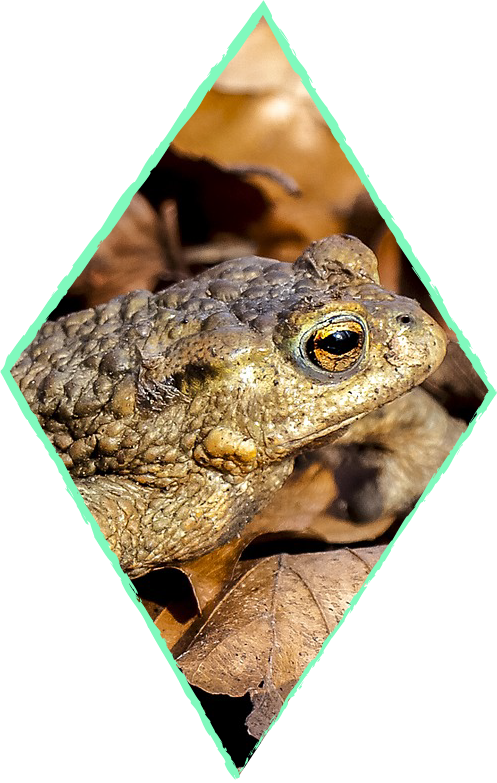
Name
Common Toad
Bufo Bufo
Size
Males up to 8cm
Females up to 13cm
Weight
Up to 80g
Diet
Slugs, snails and other inverterbrates.
Habitat
Woodland, scrub, coarse grassland.
They prefer deep water like fish ponds.
Predators
Otters, hedgehogs, grass snakes, herons, birds of prey
What makes a toad
You may have worked out from reading the above sections that there is more than one way to tell a common toad from a common frog. Once you learn what makes them unique, you’ll become an expert at telling them apart when they visit your garden. It’s like being a nature detective! They key points are:
- Olive brown bumpy skin
- Copper eyes
- Shorter legs
- Hop/Walk rather than jump
- Long strings of frog spawn
Not so magical
Even though folklore and myths might tell you that toads are magical, the real magic is how helpful they are in gardens! They love munching on garden pests like slugs and snails, making them a gardener’s best friend. It’s like having a tiny, natural pest control helper hopping around your yard!
Breeding
Common toads are very particular about where they breed. They often return to the same ponds where their ancestors bred, traveling back to these special places year after year.
Threats
But there’s a problem – some of the routes they’ve always used now have obstacles that make it harder for them to travel safely, like busy roads. Luckily, a charity called Froglife has created toad patrols to help toads safely cross these roads every year around Valentine’s Day.
Population
We aren’t sure of the number of common toads that are living in the UK, but we do know that they face many threats including habitat loss and road casualties.
So next time you see a bumpy little toad hopping around, remember – you’re looking at one of nature’s helpful garden helpers!

UK charity Froglife is working hard to help the common toad with their Toads on the Road project. Through this project they are recording toad migratory paths and working with local communities to co-ordinate patrols to help toads cross roads safely.
Want to get involved?
Check out the below links

In this section check out some useful links to charities and organisations sharing up to date information about UK native species of amphibian and reptile.
Please note
These are not sponsored links – merely sharing information that might interest you.
From the warts myth to witches’ companions, these amphibians have been misunderstood for centuries. Let’s separate fact from fiction and discover what toads are really like—you might be surprised by what you discover.



Have you come across these myths before? There are more about witches that shape shift into warts and others that are even stranger.

Click to reveal the truth
NO! They do not.
This was a story made up a long time ago to stop children from going out into the dark.

Click to reveal the truth
No way. It's an old story.
Over 800 years ago*, people believed that a magic stone grew in the heads of toads – called toadstones.
Toadstones were believed to protect the wearer from harm. A bit like a mood ring, the stone was meant to change colour or heat up if poison was nearby.
It was also placed on bites by poisonous animals to help heal the person and used to treat epilepsy.
People kept believing in the toadstones magic until the 18th century!
*It was actually first mentioned as early as 2,000 years ago!

Click to reveal the truth
Not in the UK
Toads are brilliant for nature. They’re like natural pest controllers – they absolutely love munching on slugs, snails and bugs that would otherwise eat farmers’ crops. Plus they help keep our ponds, streams and rivers healthy too.

Below are 9 must know facts about UK native species of toad.

The protection doesn’t go far enough. They are only protected against being kept for trade and sales.

Have you noticed frogs tend
to do big jumps covering
ground quickly.

Toads also have wider noses than frogs.

It also usually looks dry, whereas frog skin is usually moist and smooth.

Warts help to protect the toad – it’s a natural defence against predators.

These toxins taste disgusting to predators of toads. They can also cause discomfort.

There is nothing like seeing the mass migration of toads to their breeding grounds.

Toads can handle dry places better than frogs.

Ireland has only one type of toad called a natterjack, but they’re very hard to find!


These amazing little creatures have bumpy, olive-brown bumpy skin covered in warts and beautiful copper-coloured eyes.
Animal Name
Common Toad | Bufo Bufo
Animal Size
Males up to 8cm
Femailes up to 13cm
Animal Weight
Up to 80g
Carnivore Diet
Slugs, snails and other inverterbrates.
Animal Habitat
Woodland | Scrub
Coarse grassland
Deep water ponds and reservoirs
Predators of toads
Otters | Herons | Hedgehogs
Grass Snakes | Birds of Prey
What makes a toad
You may have worked out from reading the above sections that there is more than one way to tell a common toad from a common frog. Once you learn what makes them unique, you’ll become an expert at telling them apart when they visit your garden. It’s like being a nature detective! They key points are:
- Olive brown bumpy skin
- Copper eyes
- Shorter legs
- Hop/Walk rather than jump
- Long strings of frog spawn
Not so magical
Even though folklore and myths might tell you that toads are magical, the real magic is how helpful they are in gardens! They love munching on garden pests like slugs and snails, making them a gardener’s best friend. It’s like having a tiny, natural pest control helper hopping around your yard!
Breeding
Common toads are very particular about where they breed. They often return to the same ponds where their ancestors bred, traveling back to these special places year after year.
Threats
But there’s a problem – some of the routes they’ve always used now have obstacles that make it harder for them to travel safely, like busy roads. Luckily, a charity called Froglife has created toad patrols to help toads safely cross these roads every year around Valentine’s Day.
Population
We aren’t sure of the number of common toads that are living in the UK, but we do know that they face many threats including habitat loss and road casualties.
So next time you see a bumpy little toad hopping around, remember – you’re looking at one of nature’s helpful garden helpers!

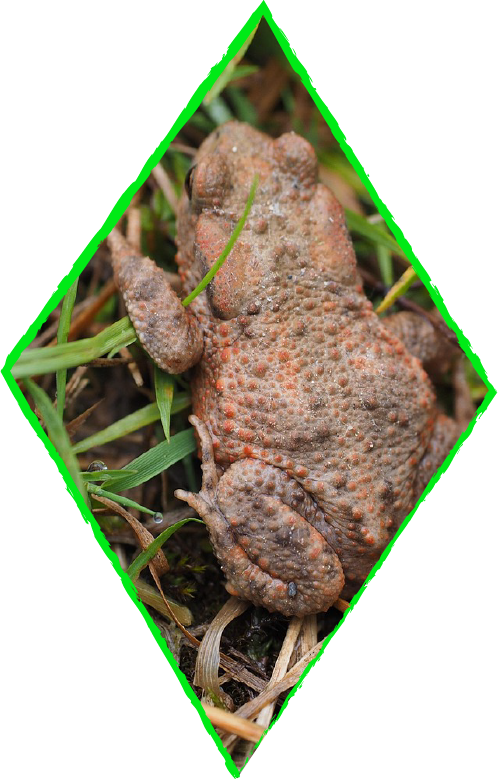

UK charity Froglife is working hard to help the common toad with their Toads on the Road project. Through this project they are recording toad migratory paths and working with local communities to co-ordinate patrols to help toads cross roads safely.
Want to get involved?
Check out the below links

In this section check out some useful links to charities and organisations sharing up to date information about UK native species of amphibian and reptile.
Please note
These are not sponsored links – merely sharing information that might interest you.

